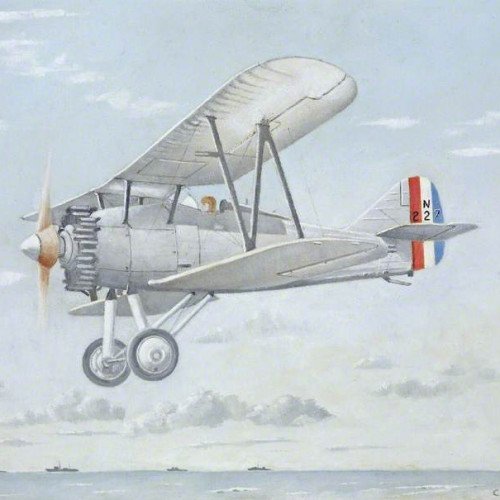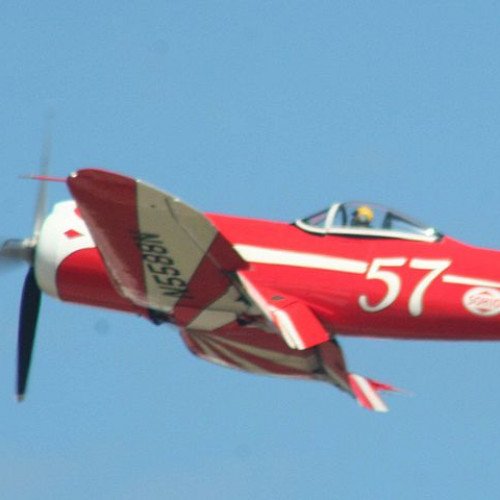Gloster Gnatsnapper vs Goodyear F2G Corsair

Gloster Gnatsnapper
The Gloster SS.35 Gnatsnapper was a British naval biplane fighter design of the late 1920s. Two prototypes were built but the type did not enter production.
Statistics for this Xoptio

Goodyear F2G Corsair
The Goodyear F2G, often referred to as the "Super Corsair", is a development by the Goodyear Aircraft Company of the Vought F4U Corsair fighter aircraft. The F2G was intended as a low-altitude interceptor and was equipped with a 28-cylinder, four-row Pratt & Whitney R-4360 air-cooled radial engine. Such a fighter was first conceived in 1939, when Pratt & Whitney first proposed the immense, 3,000 hp (2,200 kW) R-4360, and design work began in early 1944, despite an oft-cited anecdote that the F2G was intended to intercept kamikazes (a tactic that was not widely used until late 1944).